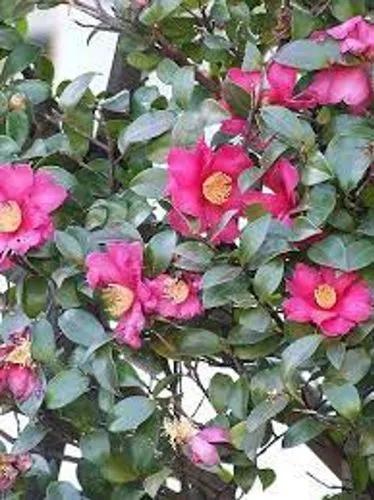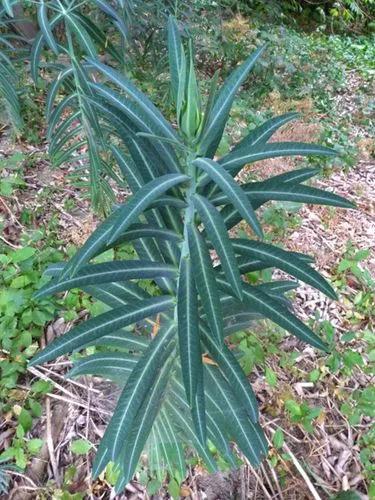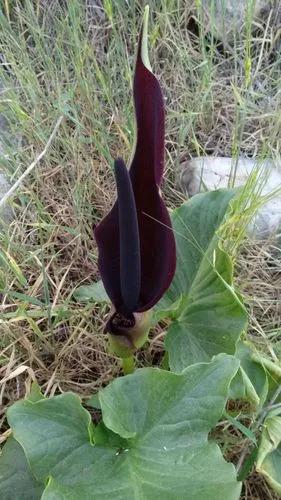Get your hands on this versatile, multi-purpose beautiful plant with a unique silvery shade and clusters of lilac flowers that invite wild friends into your garden.
Lamb's Ear Care
Stachys byzantina



Native to Turkey, Armenia, and Iran, this flowering plant has great ornamental value, mostly due to its unique foliage. However, sometimes it is considered invasive in some countries and outdoor gardens.
To identify Lamb's Ear, look for thick, smooth silvery green leaves with rounded tips covered in silky silver-grey hairs whiter on the leaves' undersides. This plant blooms in late spring to early summer, bearing small light purple to lilac flowers arranged in spike-like structures that bear many flowers. These structures grow at the top of long stems with scarce leaves.
Becoming dormant in rigorous, Lamb's tongue attracts an array of wildlife, from hummingbirds to bees and other pollinators.
How to Care for the Plant

Water

Proper watering implies evenly wet soil without waterlogging and sogginess. Excess water should be discarded, as this plant enjoys low to medium moisture. Water when the soil is dry, and avoid wetting the leaves. This plant is drought-tolerant.

Pruning

When growing this plant purely for its foliage, cutting flowering stems will stimulate vigorous and luxurious greenery. Lamb's Ear grows between 8-16 inches (20-40 cm), and wilted dead leaves should be removed.

Fertilizer

This plant doesn’t require fertilization.

Sunlight

Sun-loving, this greenie prefers full to partial sun. It’s prone to leaf scorch, so excessive direct sunlight should be avoided, especially paired with dry conditions.

Soil

Lamb's Ear prefers well-draining slightly acidic soil (6.0-6.5 pH) that is not too moist or waterlogged and provides good aeration to the roots. If you are planting it in a container, it is important to use a high-quality potting mix specifically designed for container gardening.

Propagation

This flowering plant spreads easily and can be propagated by seed or cuttings in spring when temperatures are around 68 ºF (20 ºC).

Temperature

A moderate climate between 60°F to 75°F (15°C to 24°C) creates perfect growing conditions for this plant during the growing season. Woolly betony can stand higher temperatures, but cold ones such as -20°F (-29°C) can make this greenie lose its leaves that will regrow in spring.

Container

Being an outdoor plant, woolly betony isn’t usually kept in pots; however, it can be planted in large containers. The pot should be at least 6-8in (15-20cm) in diameter, contain drainage holes, and, preferably, be made of clay or terracotta to provide good airflow to the roots.

Fun fact

It’s named “little fish” in some languages due to its characteristic taste, which resembles some fish meat. It has many uses, from aromatic herbs to salad bases. However, the most significant signature dish consists of covered in batter and fried afterward Lamb's Ear leaves.

Popularity

4,426 people already have this plant 933 people have added this plant to their wishlists
Discover more plants with the list below
Popular articles






